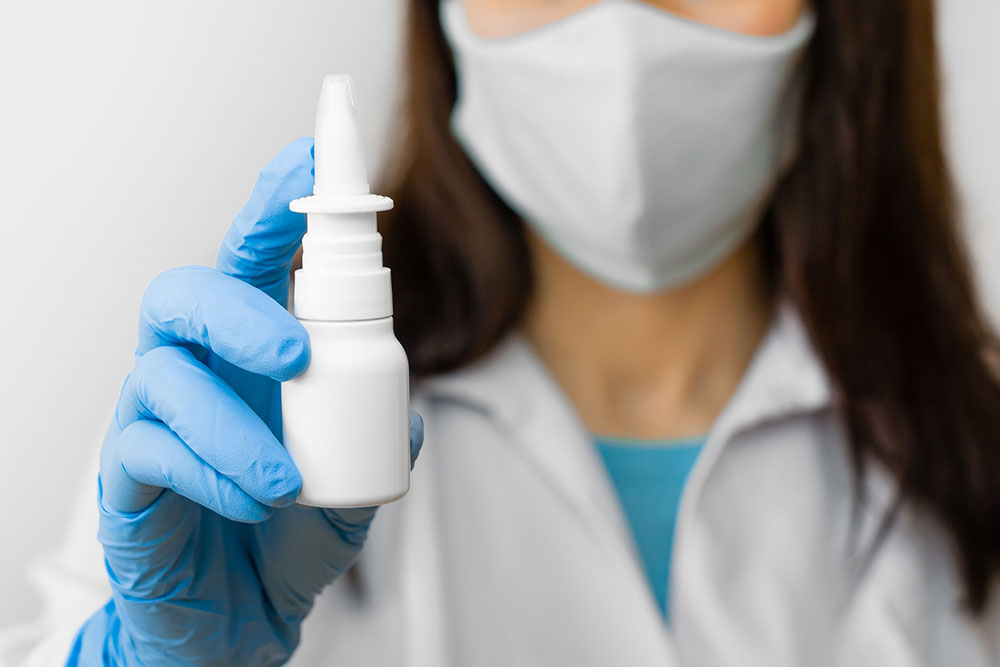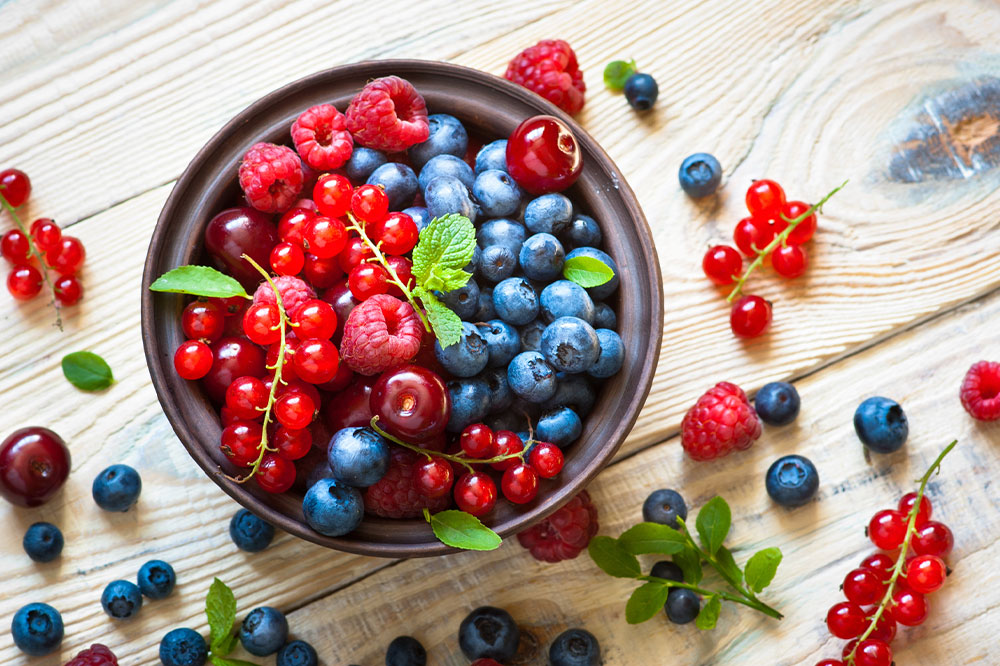How to stop a runny nose – 10 tips that work

Experiencing a runny nose once in a while is quite normal. It is also known as rhinorrhea and is often a symptom of seasonal allergies, colds, or flu. Even dry air and pollution can cause mucus to drip or run out of the rose. In most cases, a runny nose resolves independently within a few days. However, it can cause a lot of discomfort, which can be managed with a few remedies. Here are some effective tips that relieve a runny nose:
1. Stay hydrated
With mucus dripping out constantly, a runny nose can make the membranes of the airways dry and inflamed. This can add to the discomfort that one already feels. It is important to stay hydrated to get relief from these symptoms. Drinking enough liquids will help to thin out the mucus and make it more fluid. As a result, the mucus will drain out of the sinuses and nose quickly, enabling fast recovery. In addition, the liquids will also keep the membranes of the nose moist and lubricated. To stay hydrated, water is not enough. One needs to drink plenty of other liquids, such as clear chicken or vegetable broth, soups, chamomile tea, mint tea, and ginger tea.
2. Rest up
Most often, a runny nose is a reaction to allergies or infections. This triggers the immune system to fight back to help the body recover. Getting enough rest is an effective way to support the immune system while dealing with an allergy or infection. This is because the immune system is known to produce more cells when the body is at rest. In addition, when a person is asleep, the body releases cytokines, a type of protein that fights off inflammation and infection. Thus, rest and sleep can help the body recover quickly from a runny nose.
3. Apply a warm and wet compress
A runny nose can cause mild to severe nasal congestion. With the airways blocked, breathing through the nose can get difficult. In such cases, applying a wet and warm compress over the forehead and nose can provide some relief. This can be done several times during the day. This will loosen the mucus, helping it to drain more easily. If one does not have a warm compress, using a soft cloth soaked in warm water can also work.
4. Inhale steam
Breathing in warm steam is an effective way to get some relief from a runny and stuffy nose. This steam soothes the inflammation of the mucous membranes inside the nose. This makes the mucus thinner and looser. To take in steam, one can simply have a warm shower. Another way is to sit in the bathroom with a warm shower running. If this is not possible, just fill a deep bowl with hot water. Breathe in the steam coming out of the bowl.
5. Have foods rich in capsaicin
While most spicy foods can make a runny nose worse, some can give relief, especially if a runny nose is causing nasal congestion. In such cases, one can use spices that contain capsaicin, a natural compound. This compound is known to be effective in clearing sinuses that get inflamed with nasal congestion. Capsaicin works by releasing heat that loosens the mucus in the nasal passage, making it easier to drain. Foods that contain capsaicin include garlic, cayenne pepper, ginger, horseradish, habanero, and wasabi. Add any one of these in tolerable quantities to meal preps to get some relief from a runny nose.
6. Use a saline nasal spray
Nasal saline sprays are useful in clearing congestion caused by a runny nose. This is an effective way to get relief, particularly when allergies or a common cold have caused a runny nose. A nasal spray washes out allergy-causing matter such as pollen, pet dander, dust, and particulate matter from the nasal passages. In addition, it loosens up dry or thick mucus that drains out easily. A nasal solution relieves a runny nose by soothing the dry and inflamed nasal passage. One can get the right nasal spray after consulting their primary care doctor.
7. Keep a humidifier in the room
A humidifier is an effective way to increase the moisture levels in a room, especially if the weather is dry. Dry air can worsen runny nose symptoms as the mucus becomes too thick, increasing discomfort and inflammation. Therefore, a humidifier or cool mist vaporizer can add humidity to the surrounding air. As one breathes in the humid air, the nasal passages become moist, causing mucus to drain out quickly.
8. Use a neti pot
If a runny nose is causing nasal congestion, using a neti pot can help. Simply fill it with distilled saline water. Then, tilt the head on one side over a sink, and place the neti pot’s spout in the upper nostril. Slowly pour out the saline solution into the upper nostril and let it out from the lower nostril. This will flush out the mucus and any particles, causing an allergy effect. While using a net pot can be an effective way to relieve a runny nose, one should consult a doctor to avoid any side effects.
9. Keep away from triggers
When an allergic reaction causes a runny nose, one needs to stay away from potential triggers. These include pollen, mold, dust, pet dander, black pepper, and strong perfume. In addition, one needs to follow certain precautions to prevent infections that may aggravate runny nose symptoms. Such precautions include wearing a mask, staying away from crowded spaces that are not well-ventilated, keeping hands sanitized, and not touching the mouth and nose frequently.
10. Keep the head slightly raised while sleeping
When a runny nose blocks the nasal passages, lying down can cause a lot of discomfort. To ease out the nasal congestion and sleep comfortably, one can keep one’s head elevated. This drains out the mucus, helping one breathe more easily. To keep one’s head up while sleeping, simply prop up a couple of pillows under the head.


